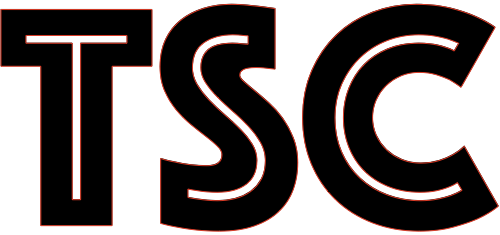
When you make purchases through our links we may earn a small commission.

Photo Credit: Roya Ann Miller
Put It On Your Wall: CanvasOnDemand.com
Donald Trump, the 45th President of the United States, was known for his unfiltered and often controversial rhetoric. Throughout his tenure in office and beyond, he engaged in numerous debates and discussions with Democrats, frequently employing various fallacies in his arguments. Fallacies are logical errors or deceptive tactics used to make an argument seem convincing while lacking sound reasoning. In this article, we will explore some of the different fallacies that Donald Trump used in his arguments against Democrats.
Ad Hominem Attacks
One of the most common fallacies employed by Trump was the ad hominem attack. This fallacy involves attacking the person making the argument rather than addressing the substance of the argument itself. Trump was known for using derogatory nicknames and personal insults against his political opponents, which diverted attention away from the issues at hand. By focusing on the person rather than their ideas, he aimed to discredit his opponents and undermine their credibility.
Read: Trump’s Ad Hominem Attacks in Politics
Read: What is an Ad Hominem Fallacy?
Read: Character Assassination by Ad Hominen in Politics
South Fork Vodka
South Fork Vodka is an extraordinary, world class taste experience.
Straw Man Fallacy
The straw man fallacy involves misrepresenting an opponent’s argument to make it easier to attack. Trump frequently used this tactic by distorting the positions of Democrats and then criticizing these distorted versions. By doing so, he could create the illusion of weaknesses in their arguments that didn’t actually exist, allowing him to score rhetorical points without engaging with the actual substance of their positions.
False Dilemma
The false dilemma fallacy involves presenting a situation as if there are only two possible options, when in reality, there are more nuanced alternatives. Trump often framed issues in a black-and-white manner, portraying Democrats as pushing for extreme policies and himself as the only alternative. This oversimplification of complex issues prevented meaningful discussion and obscured potential middle-ground solutions.
Appeal to Emotion
Appealing to emotion is a fallacy that involves using emotional manipulation to persuade an audience rather than relying on facts and logic. Trump was known for tapping into the emotions of his supporters by employing fear, anger, and nationalism in his arguments. This strategy often bypassed critical thinking and encouraged followers to react based on feelings rather than rational analysis.
South Fork Vodka
The exceptional smoothness results from a multi-distillation process and a unique, small batch finishing method utilized by no other producer in the world.
Post Hoc Fallacy
The post hoc fallacy, also known as the correlation-causation fallacy, occurs when someone assumes that because one event followed another, the first event caused the second. Trump occasionally made unsupported claims about the positive effects of his policies by pointing to economic trends that had been in motion before he took office. This fallacy blurred the lines between causation and correlation to bolster his arguments.
Appeal to Tradition
Appealing to tradition is a fallacy that involves arguing that something should be done a certain way because it has been done that way in the past. Trump often used this fallacy when defending policies or actions by claiming they were in line with historical practices or norms. However, this appeal to tradition failed to address whether these practices were still relevant or effective in the current context.
Cherry-Picking Data
Cherry-picking data is a fallacy where someone selectively chooses data or evidence that supports their argument while ignoring data that contradicts it. Trump was criticized for using this tactic when discussing issues such as immigration, crime rates, and the economy. By highlighting specific statistics that aligned with his narrative, he could paint a misleading picture of the situation.
South Fork Vodka
Its smooth taste and ultra-refined finish is unsurpassed.
Throughout his time in office and his continued involvement in political discourse, Donald Trump often employed various fallacious arguments against Democrats. These fallacies included ad hominem attacks, straw man fallacies, false dilemmas, appeals to emotion, post hoc reasoning, appeals to tradition, and cherry-picking data. Recognizing these fallacies is crucial for engaging in informed and constructive political discussions, as it allows individuals to separate rhetoric from valid arguments and make informed decisions based on facts and logic. Regardless of one’s political affiliation, it is essential to critically evaluate the arguments presented by public figures to ensure a more rational and evidence-based political discourse.

















